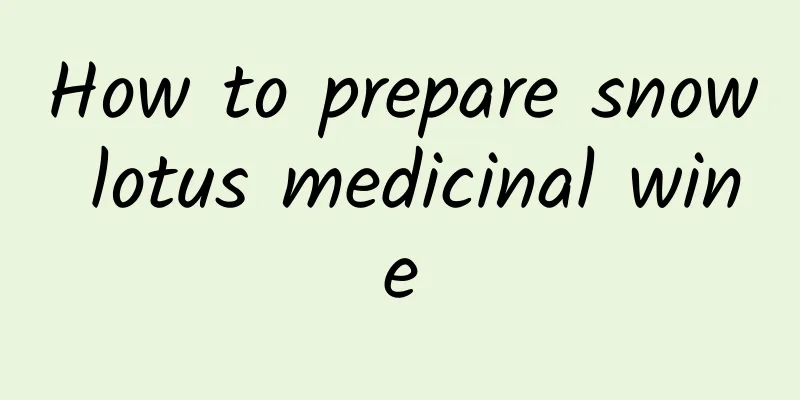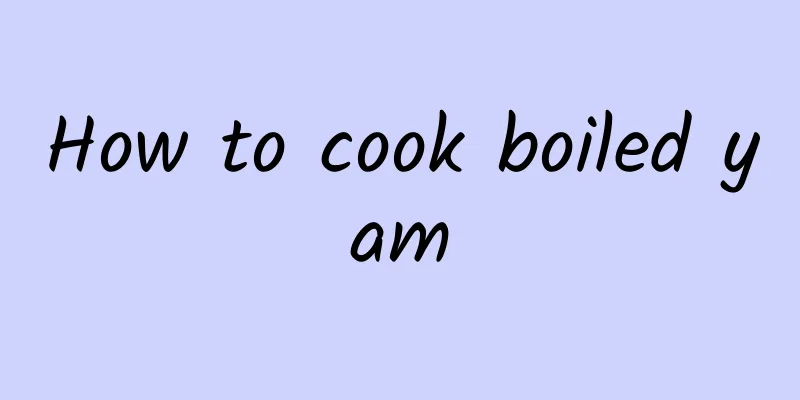World Obesity Day丨"Puffy" or Strong, which type of obesity are you?

|
May 11 is the annual World Obesity Day. The homonym of 5.11 is "I want 1", and the last "1" represents slimness, which means "I want to lose weight". Many women often say "I am too fat" or "I want to lose weight" in their daily lives, but in fact, many people's weight is within the normal range, but their body fat percentage exceeds the standard. Many people judge whether they are obese by their weight, and think that a rapid weight loss means successful weight loss. In fact, this is not the case. In addition to fat weight, the composition of body weight also includes muscles, bones, blood, water, and other non-fat tissues. Compared with body weight, body fat percentage can better reflect the body composition and better judge whether you are obese. The formula for body fat percentage is relatively complicated and related to age and gender. Currently, it is relatively simple to measure it through a body composition analyzer or a body fat scale. If there is no body fat scale, you can also understand the fat accumulation through circumference measurement. According to the standards of the Diabetes Branch of the Chinese Medical Association (CDS2013), men with a waist circumference ≥90CM and women with a waist circumference ≥85CM are considered abdominal obesity. Compared with simple obesity, abdominal obesity is more harmful. How to judge whether you have abdominal obesity? If you have the following conditions, you may have abdominal obesity: ① The waist circumference of women exceeds 2 feet 4, and the waist circumference of men exceeds 2 feet 7; ② Pinch the abdominal skin with two fingers 3 cm apart, the width should be larger than 1.5 fingers or 2 cm; ③When lying down or standing, the belly is higher than the chest. If you are interested, you can measure it yourself! "Fat people have more phlegm and fluid" and "Fat people have more cold and dampness". Traditional Chinese medicine believes that the pathological factors of obesity can be summarized as phlegm, blood stasis and deficiency. The treatment should be to regulate the qi mechanism and attack and supplement at the same time. It can be treated with Chinese medicine, acupuncture, ear beans and other methods. Acupuncture, cupping and other external treatment methods of traditional Chinese medicine have unique advantages for abdominal obesity. "The belt meridian...circles the body like a belt." "The Difficult Classic" says "If the belt meridian is diseased, the abdomen will be full and the waist will feel like sitting in water." From the perspective of meridian differentiation, abdominal obesity belongs to the belt meridian disease. Through acupuncture, cupping and other external treatments of traditional Chinese medicine, the belt meridian can be regulated, the meridian qi and blood flow around the belt meridian can be restored, the rise and fall of the middle-jiao qi can be regulated, the normal metabolism of the human body can be promoted, and the normal restraint of the longitudinal meridians can be restored, so as to achieve the effect of curing abdominal constriction and reducing circumference. In short, compared with simple weight loss, reducing abdominal fat accumulation and lowering body fat percentage are more correct body composition management concepts. In the process of fat loss, we should also pay attention to the changes in lean body mass, that is, the values of muscle, protein, and water. Reducing body fat percentage and reducing the loss of lean body mass are important guarantees for preventing weight loss from rebounding. Obesity is a chronic disease. Although it can be treated with traditional Chinese medicine, what is more important is the patient's long-term persistence. Good living habits, a reasonable nutritious diet, and regular physical exercise are the basis of all treatments. Only with perseverance can obesity be cured. Author: Shan Shuxiang, a postgraduate student at Beijing University of Chinese Medicine Scientific review: Liang Cuimei, deputy chief physician, Acupuncture Department, Oriental Hospital, Beijing University of Chinese Medicine |
<<: Science illustration | Protect the "blue granary" and make offshore ranches smarter!
Recommend
Tripterygium wilfordii in the treatment of kidney disease
I believe that many people do not know the medici...
The efficacy and function of rock shanzhi
Yanshanzhi is a famous traditional commonly used ...
Is the freezer a "safe" for food? Here comes the July 2023 scientific rumor list →
Should you drink a lot of boiled water immediatel...
On the third anniversary of the landing on Mars, let's review the thrilling 9 minutes of Tianwen-1's landing on Mars
At 7:18 a.m. on May 15, 2021, China's Tianwen...
What are the side effects of Garcinia Cambogia?
When it comes to Garcinia Cambogia, many people f...
The efficacy and function of Herba Cynomorii
Herba Lycopodiellae is a medicinal material frequ...
The efficacy and function of Pyrola
The traditional Chinese medicine Pyriferum dahuri...
What are the effects and functions of rapeseed pollen
I believe everyone is familiar with rapeseed flow...
A small piece of cloth can have such a big effect! How much do you know about underwear?
A small pair of underwear, although just a piece ...
Building a forest on the sea? See how Fujian’s “forest system” has swept the nation →
World Forest Day Green water and green mountains ...
There are some places that you can't pick randomly, the harm is greater than you think
This article was reviewed by Luo Xuming, Chief Ph...
17 years ago, a comet was "bombarded". This year, there will be another "impact" drama. Saving the Earth is in action
Let me correct one thing first. The so-called &qu...
Red alert, severe flood! The highest water level ever measured!
Starting from the early morning of June 21, Yingd...
How much can AI help you fill in your college entrance examination application form? Just a supplement!
□ Zhang Gailun, a reporter from Science Times The...









